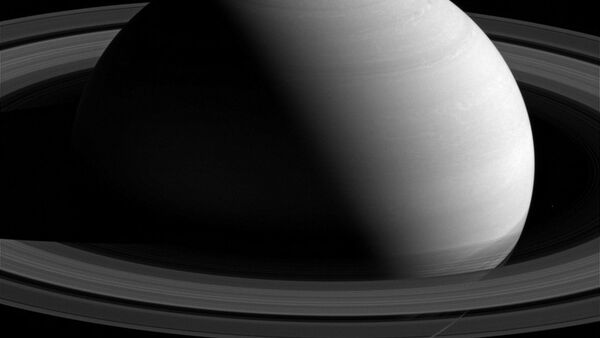The findings published in the journal Science reveals that among the millions of grains streaming through space, 36 of the "interlopers" are like alien stardust, traveling through interstellar space.
"We always hoped we would be able to detect these interstellar interlopers at Saturn with Cassini," said Nicolas Altobelli, Cassini scientist at the European Space Agency and lead author of the study.
Detected at Saturn: dust that came from beyond our solar system https://t.co/3vjljI11qc pic.twitter.com/WSbnXnlbPt
— CassiniSaturn (@CassiniSaturn) April 14, 2016
The space probe entered the orbit around Saturn in 2004 and has been sending back images ever since. However, it's not the first time alien stardust has been detected in the solar system.
The Ulysses mission in the early 1990s also detected interstellar stardust which was confirmed by the Galileo spacecraft — but what it was made from remained a mystery.
Thanks to the Cassini probe, the make-up of the minuscule grains can now be revealed and the particles are made up of minerals with similar chemical make-ups, including magnesium, silicon, iron and calcium.
"Cosmic dust is produced when stars die, but with the vast range of types of stars in the Universe, we naturally expected to encounter a huge range of dust types over the long period of our study," Frank Postberg, co-author and scientist at the University of Heidelberg.
#ICYMI Interstellar dust intercepted at #Saturn – new result from #Cassini @sciencemagazine https://t.co/u2NykEW8ZB pic.twitter.com/NfXJsAdgya
— ESA (@esa) 15 April 2016
Scientists speculate that the alien stardust could have been destroyed and born again multiple times. The Cassini project is carried out by NASA, ESA and the Italian Space Agency.


